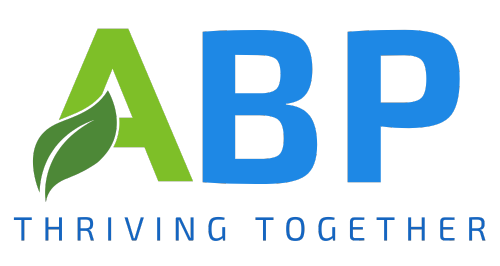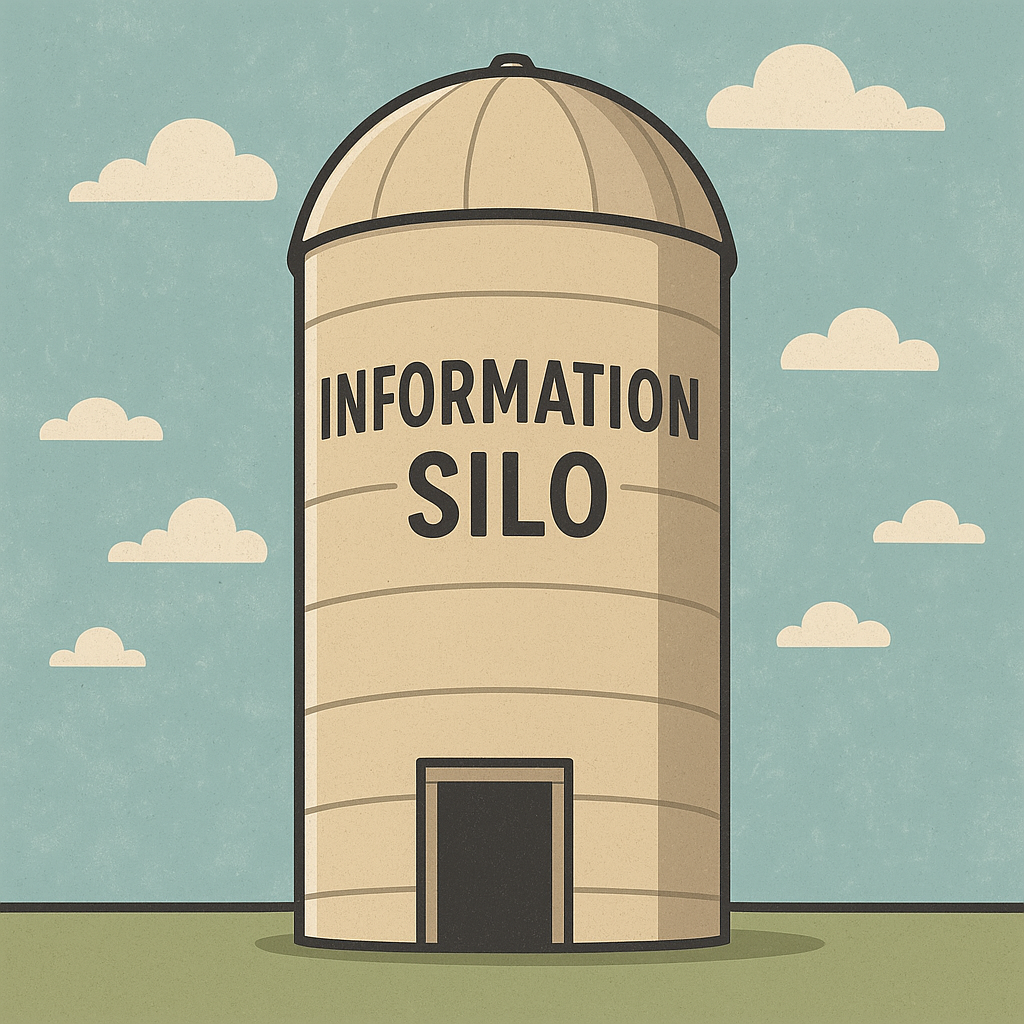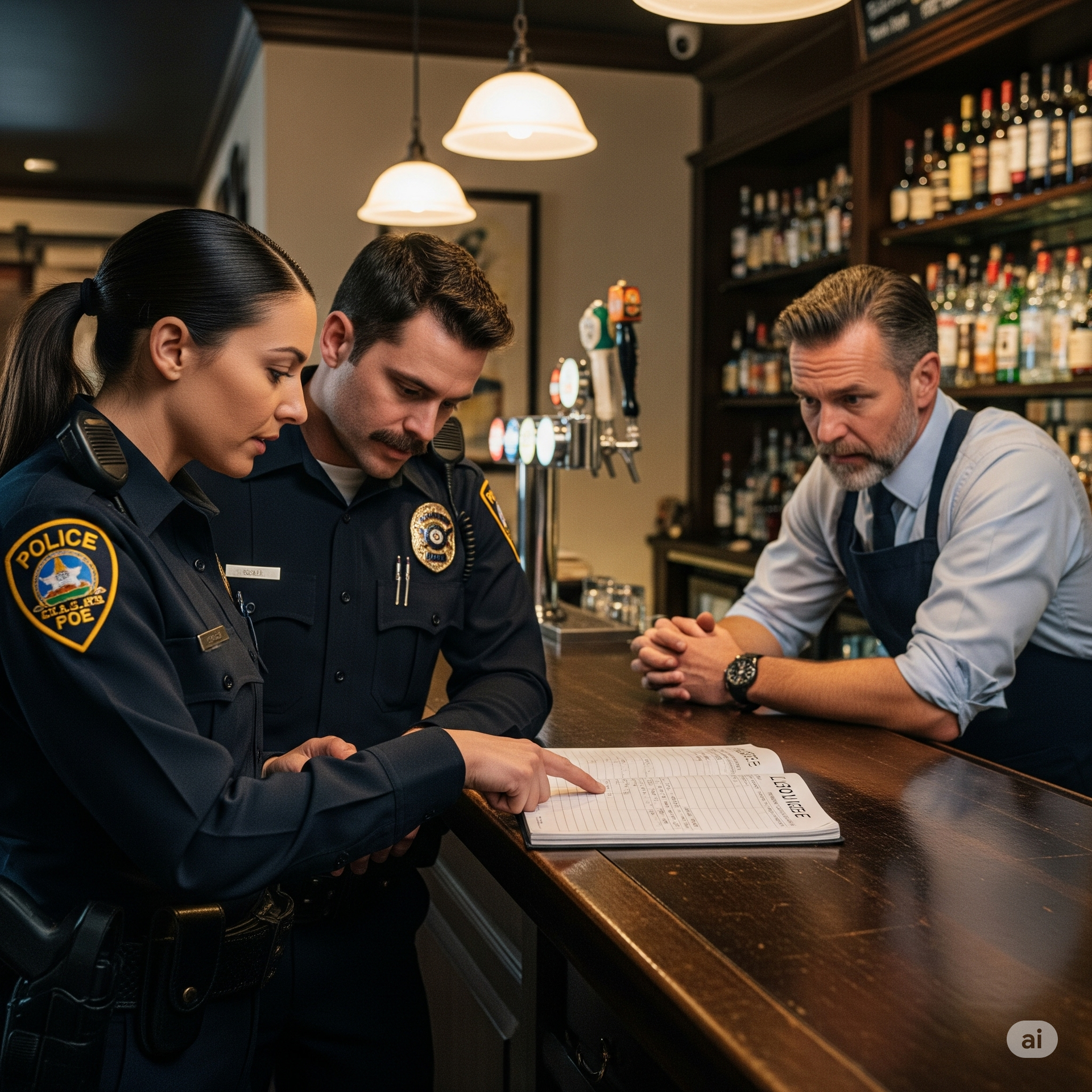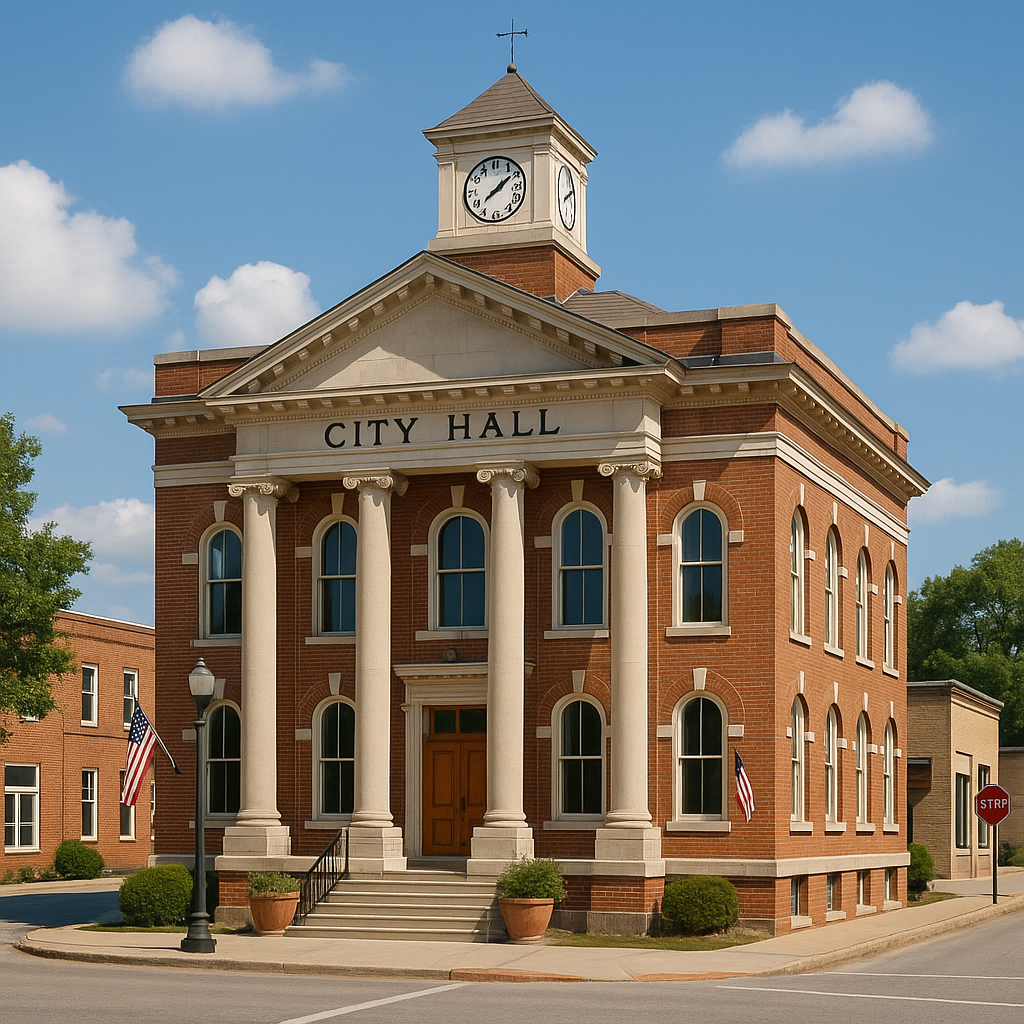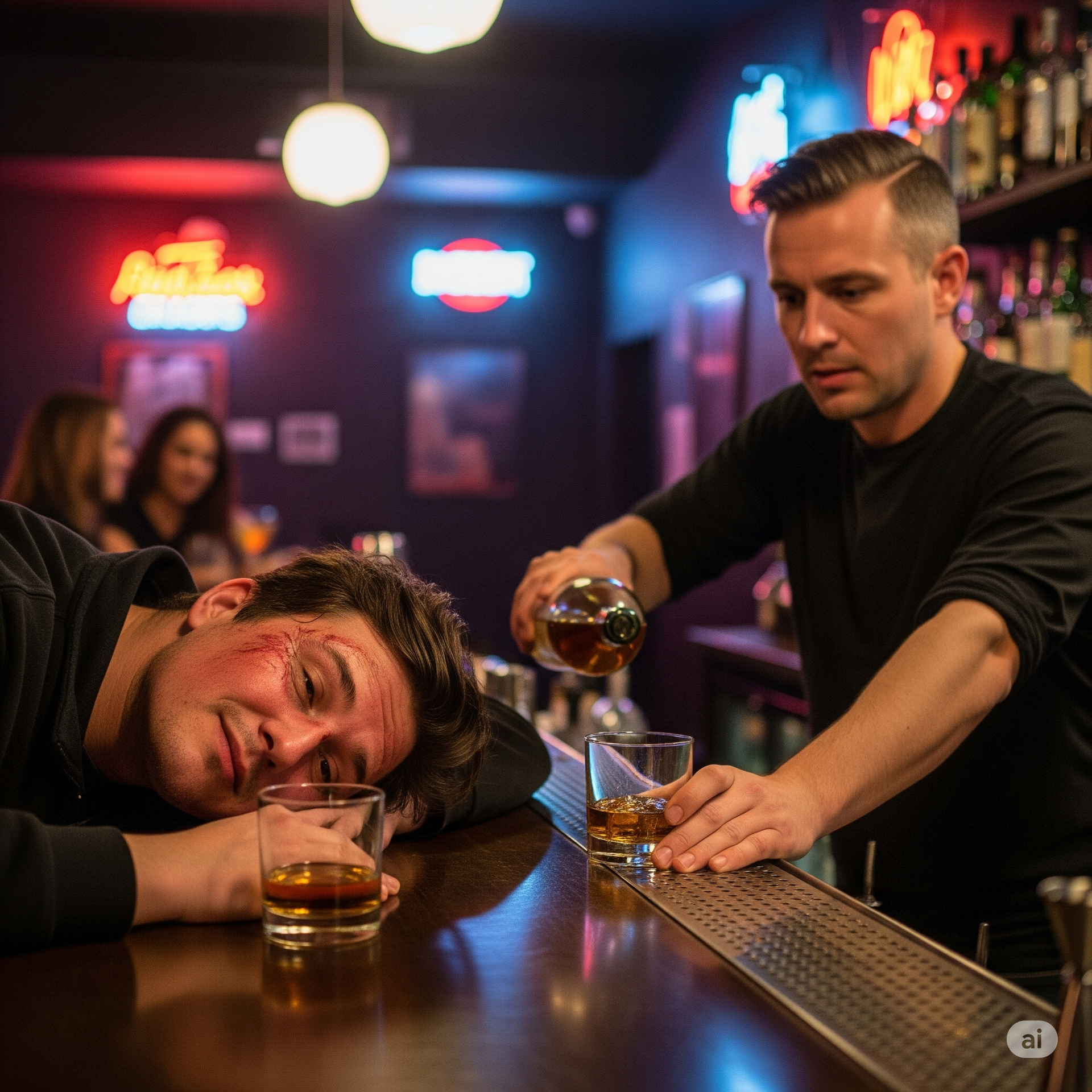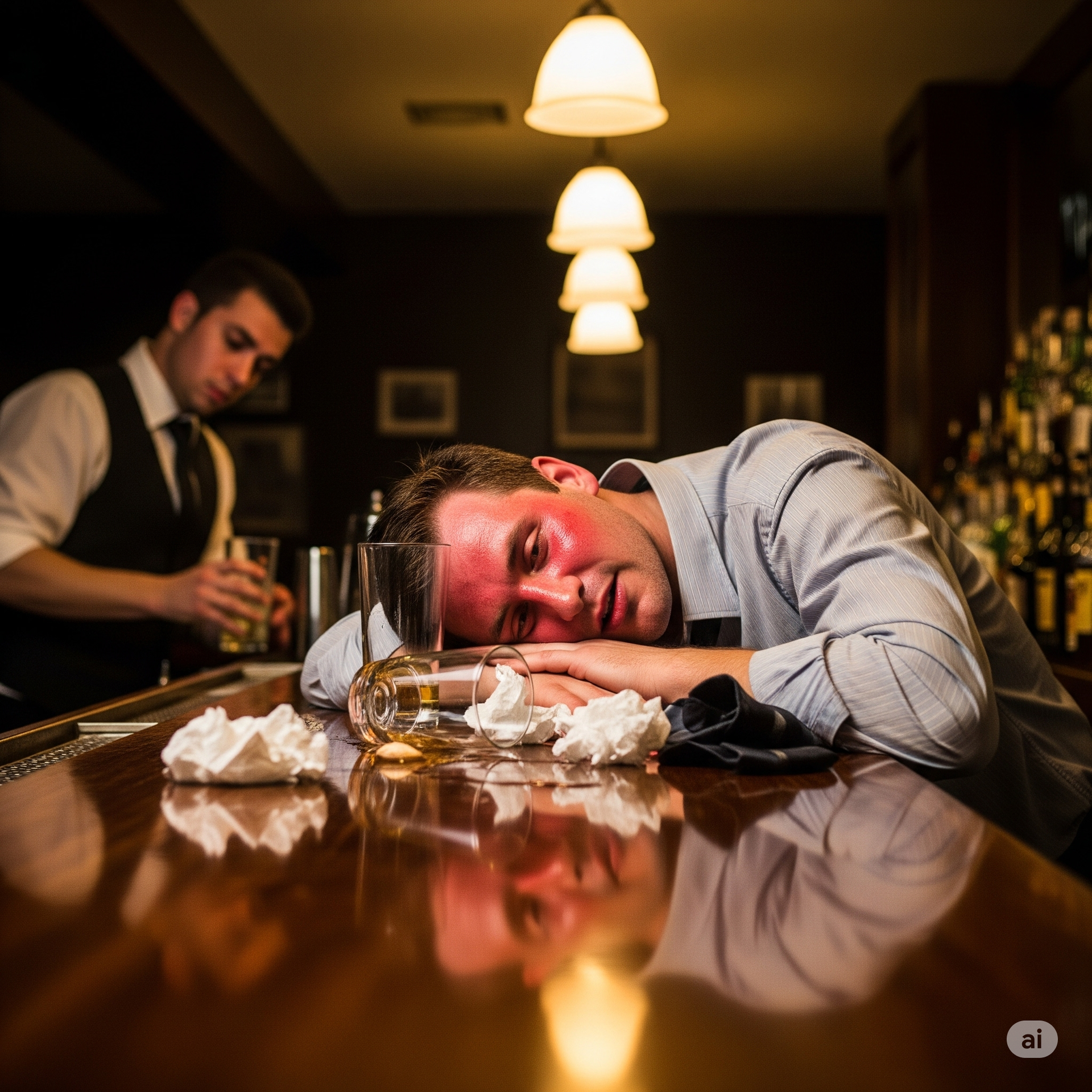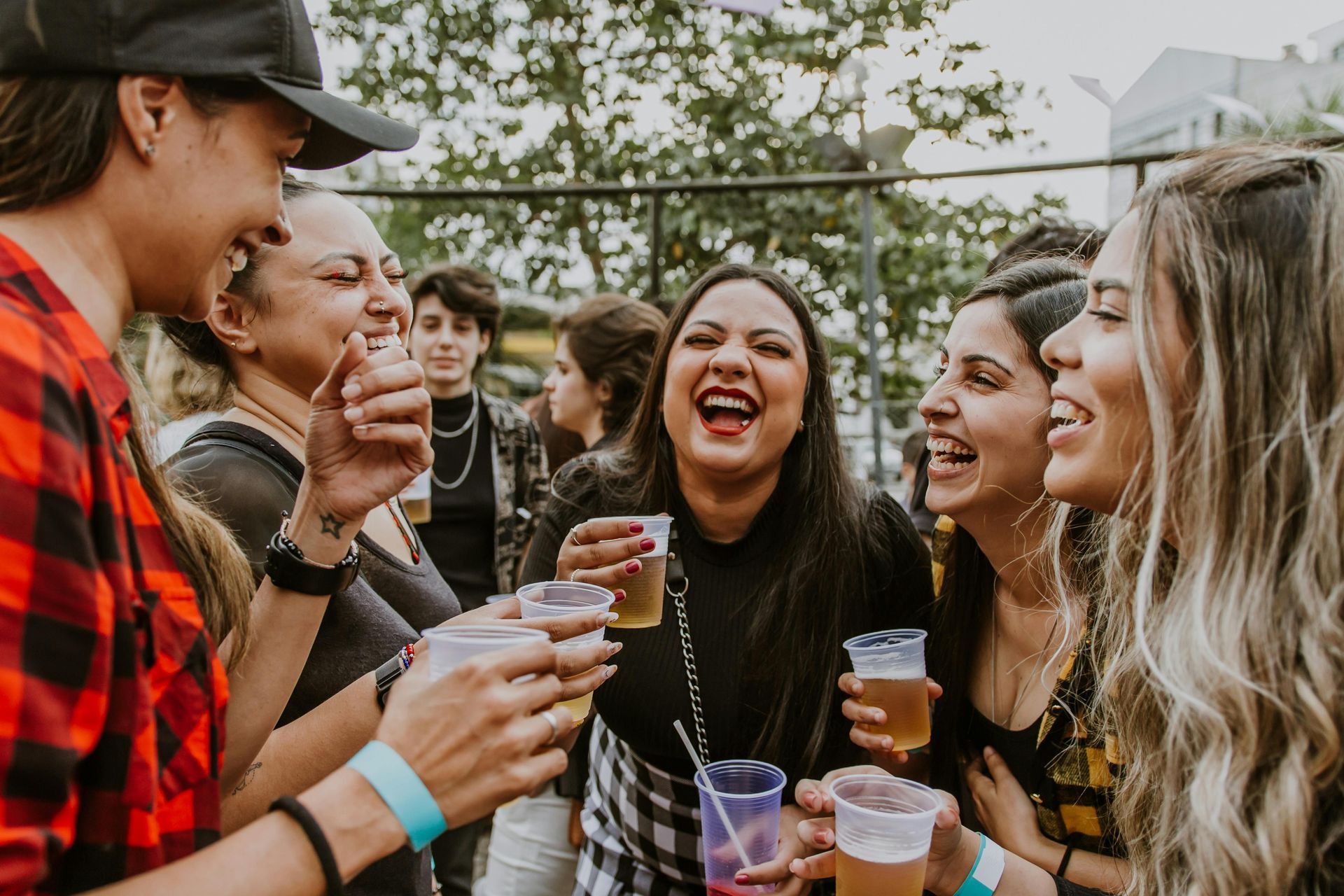The Industry Plague: Overpoured Spirits
(1st in the "It's Not Magic, It's Math" series)


Short on Time? Skip to the Recap Below!
Day One Practice Number One
Over 14 years ago, I began conducting best practices workshops for alcohol business owners and managers. To identify best practices for the workshop, I interviewed my peers, ABC officials and other law enforcement officers, hospitality lawyers, insurance professionals, and alcohol harm prevention specialists. But, from day one in putting together the curriculum I knew sharing information about profitable pouring would be critical.
After 20 years of owning and operating restaurants and nightclubs, I’ve learned that mastering profitable pouring both:
- Drastically improves profitability and sales, and
- Reduces issues from overconsumption, which are the root of most serious problems in alcohol businesses operating past 10 PM.
Overconsumption leads to costly insurance claims and frequent first responder calls.
I wish I could say that reducing overconsumption also protects a business’s ABC license, but I can’t since the law against overserving alcohol is rarely enforced in California. Truth. More about that in another blog.
The Case for Profitable Pouring
I was thrilled to find a study confirming what I had suspected: my initial mismanagement of spirit pouring, resulting in a $14,000,000 mistake, was an industry-wide issue.

Here’s the study’s takeaway:
- One-spirit cocktails are overpoured by an average of 42%.
This means 29% of purchased distilled spirits are effectively given away for free.
Calculation
y = Desired pour level (1.50)
x= Actual pour (2.13)
% Overpour = (x-y)/y (.42)
% Poured that was waste = (x-y)/x (.29)
Given the constraint that % overpoured = 0.29
Following client demand, I launched a secret shopper service to evaluate bartender pouring. Results confirmed the 42% overpour average for single-spirit drinks. However, the real shock came with multi-spirit cocktails:
- Multi-spirit drinks were overpoured by an average of 80%, often exceeding 100%!
Upcoming in the It’s Not Magic, It’s Math series:
- The Staggering Costs of Overpouring
- Profitable Pouring Guards the Customers & Communities
- Case Study: Overpouring Eliminated
- My $14,000,000 Mistake
- The People Behind the Numbers

